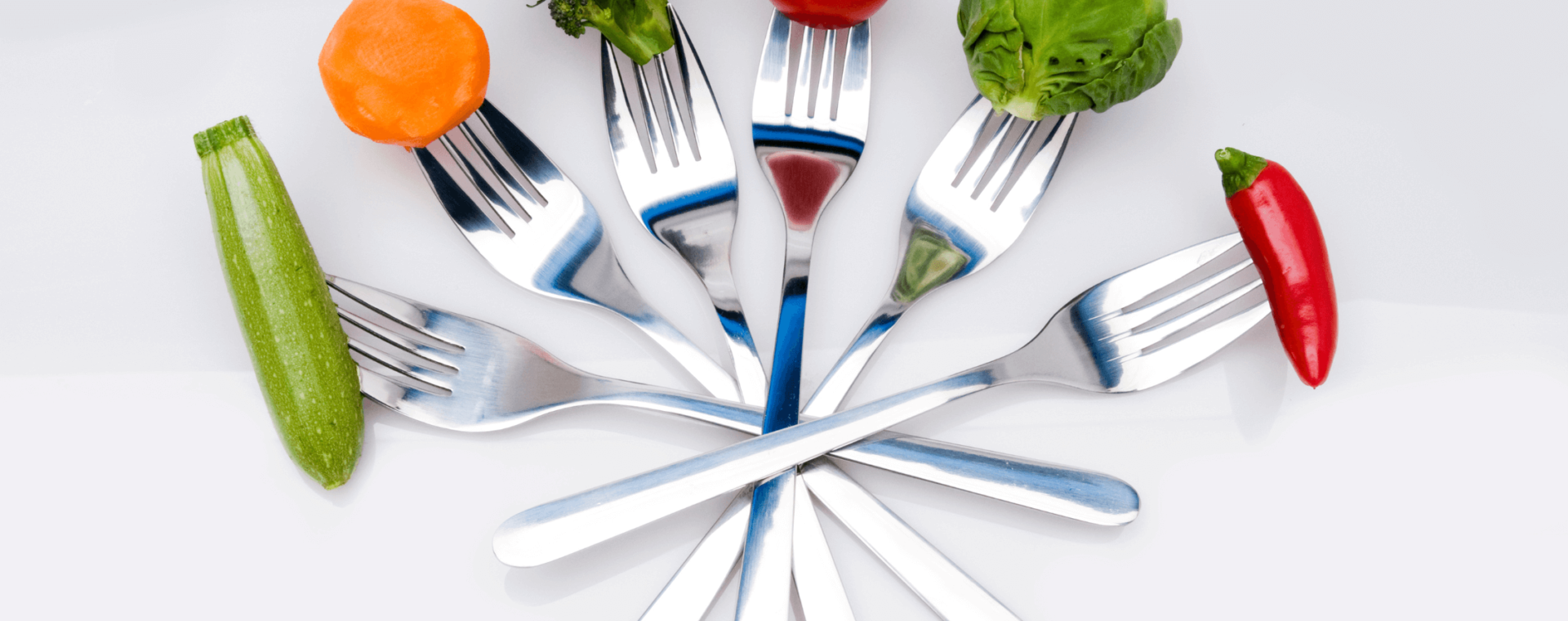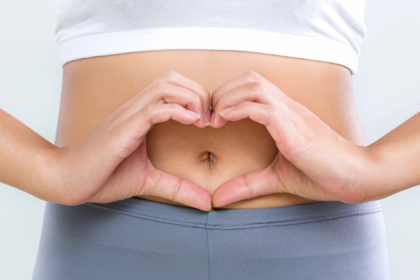Many of us consider ourselves to be in good health yet are held back from optimal health by ailments that we’ve come to accept as part of our everyday lives. Maybe it’s a little gas, bloating, or reflux in the evenings, headaches and moodiness a few days each week, the occasional acne or eczema flare-up, chronic fatigue and muscle or joint pain, or a whole host of other symptoms that interfere with reaching the maximum potential of health and happiness. Much of the medical advice will do little more than suggest over-the-counter treatments like antacids, NSAIDs, cortisone creams, or other medications that offer short-term relief and long-term harm without ever addressing the root cause of your symptoms. An elimination diet can both identify the trigger(s) and reveal exactly what you can do to relieve symptoms of both minor and major ailments.

Allergy, Sensitivity, or Intolerance: What’s the Difference?
Food allergies are a relatively well-understood immune system response to particular foods causing obvious and severe symptoms like hives, swelling, and difficulty breathing. Peanuts, strawberries, and shellfish are just some of the foods that commonly cause a food allergy reaction.
Food sensitivities are not as well-understood. They include a broad range of reactions to various foods through mechanisms that may be more or less understood. For example, nightshade vegetables can worsen arthritis symptoms, and phytates in beans can cause severe bloating and gas. Food sensitivities can even cause mood and attention disturbances.
Food intolerances occur when the body lacks the ability to digest a specific food. For example, individuals with lactose intolerance don’t produce the lactase enzyme required to digest the lactose sugar in dairy.
In truth, these labels are murky, and the human body doesn’t exist to perfectly fit within limited definitions. What it comes down to is that certain foods can cause specific symptoms in different individuals. Blood tests for food allergies aren’t always reliable or conclusive. The best way to find out if your symptoms are related to the food you’re eating is by going on a short-term elimination diet.
What Does an Elimination Diet Eliminate?
Elimination diet protocols vary: most eliminate dairy, soy, corn, gluten, and eggs, along with any foods that are suspected to cause a reaction for you, such as nightshades or salicylates. After two to three weeks on the diet, each eliminated food is then reintroduced as you watch for the recurrence of symptoms. After cleaning out all possible reactive foods from the diet, the link between a specific food and an undesirable reaction can be much more obvious.
It’s important to understand that an elimination diet has a very specific purpose: to identify food allergies and sensitivities. An elimination diet should not be used to cleanse, lose weight, achieve optimal nutrition, or treat any disorders.
So What Can I Eat?
Plenty! An elimination diet isn’t about restricting your calories and feeling hungry all the time. You’ll want to plan ahead to make sure you have plenty of meals on hand that you can eat. Your foods to include and exclude on the elimination diet will be unique to your physiology. Working with a nutritionist to identify these foods, create meal plans, develop recipes specifically for you, and offer support can help you be successful.
Here are some of the foods I’ve enjoyed while on an elimination diet:
Breakfast
Homemade Granola with Almond Milk & Nectarine
Oatmeal Cooked in Coconut Milk, Topped with Strawberries
Savory Oatmeal Cooked in Chicken Stock with Sautéed Mushrooms & Herbs
Smoothie with Cashew Milk, Kale, Frozen Berries, Pumpkin Seed Protein Powder
Lunch
Green Salad with Apple Cider Vinaigrette, Shredded Carrots, & Chicken or Canned Salmon
Black Bean Soup with Cumin, Cilantro, & Cashew Cream
Red Lentil Dal & Cauliflower over Brown Rice
Turmeric Quinoa with Sautéed Kale, Chickpeas, & Sliced Avocado
Dinner
Braised Chuck Roast with Onions, Carrots, Thyme, & Rosemary
Roasted Chicken with Almond & Raisin Quinoa, Roasted Broccoli
100% Buckwheat Noodles with Tahini, Sautéed Vegetables, Coconut Aminos
Rice Noodle Soup with Sliced Steak, Shiitakes, Snow Peas, Cilantro
An elimination diet also offers the opportunity to try new foods and to mix up your routine. It helped me get out of my breakfast rut and learn how much I enjoyed and benefited from starting my day with atypical breakfast foods, like rice noodle soup, turmeric quinoa, or rice and beans. If you think an elimination diet could help you, contact me today, and let’s discuss working together toward your optimal health!




